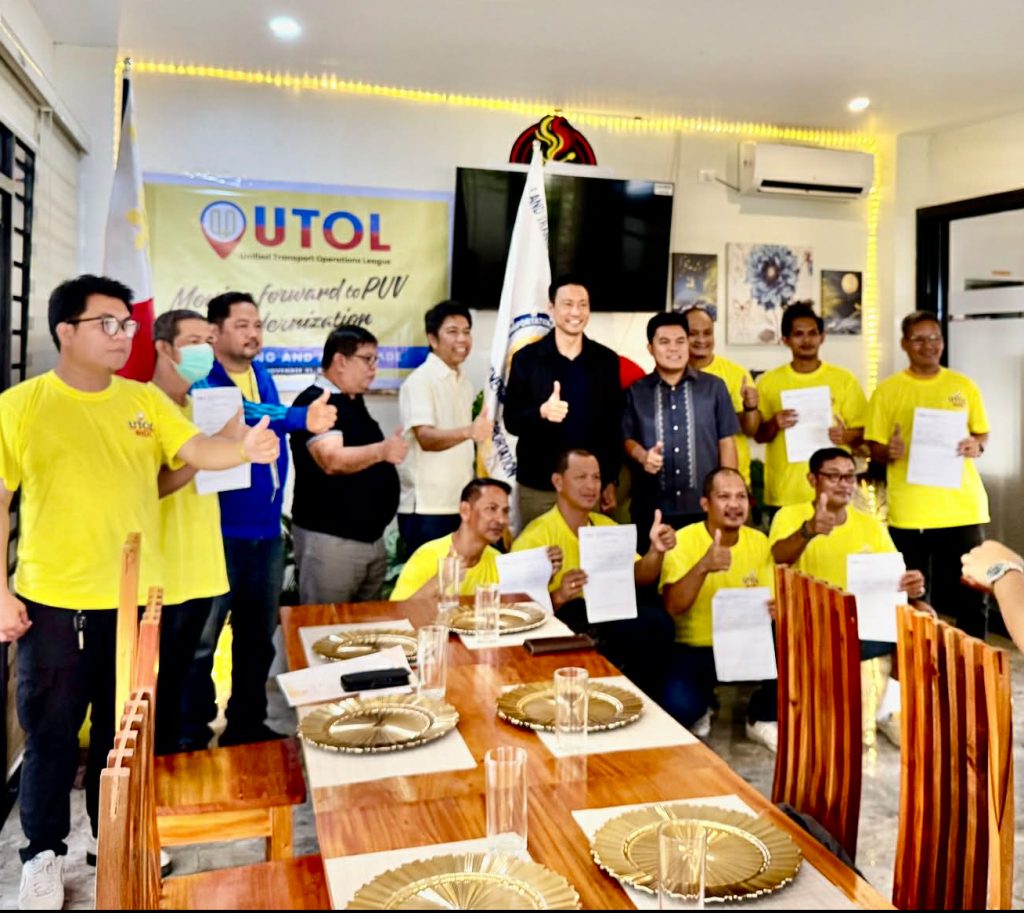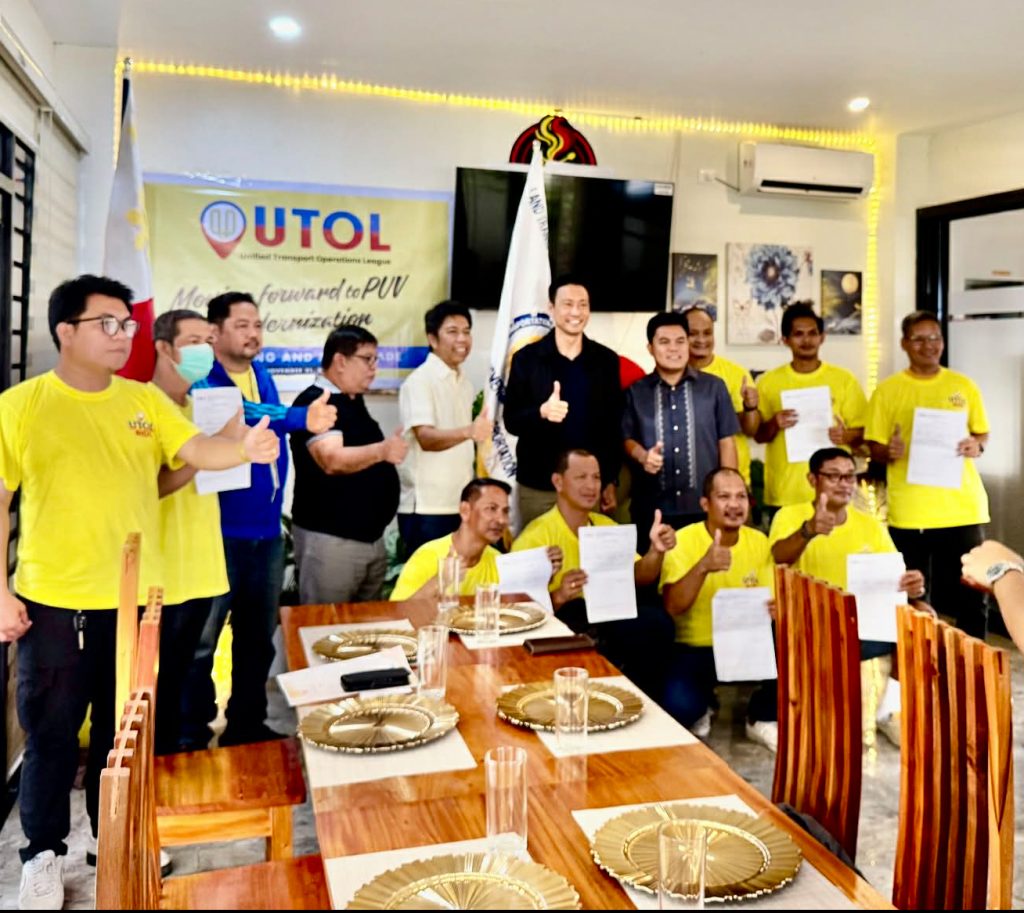TACLOBAN CITY —The Commission on Elections(Comelec) in the region has been named the Top Performing Region for Cluster 2 (3,000,000–3,999,999 registered voters) in the national PRAISE Awarding Ceremony held on November 21, 2025, at the World Trade Center in Metro Manila.
The recognition cited the region’s performance in election administration, voter services, and organizational management.
Regional Election Director Atty. Jose Nick Mendros said the award reflects the combined support of Comelec personnel, partner agencies, and the public, noting that the achievement underscores the continued trust in the region’s electoral operations.
Several personnel from Comelec-8 also received individual national awards for exemplary service:
•Most Outstanding Election Officer of the Visayas – Atty. Don Joshua D. Margate
• Most Outstanding Election Assistant of the Visayas– Josiefil T. Egarte
• “Masikhay” Award – Marivel P. Orquin
• Master in National Security Administration (MNSA), Regular Class 59 – Atty. Karen C. Cajipo
Mendros said the awards highlight the collective hard work of the regional team and reaffirm their commitment to honest, efficient, and people-centered public service.
He added that Comelec-8 will continue strengthening electoral processes in the region.
(LIZBETH ANN A. ABELLA)








